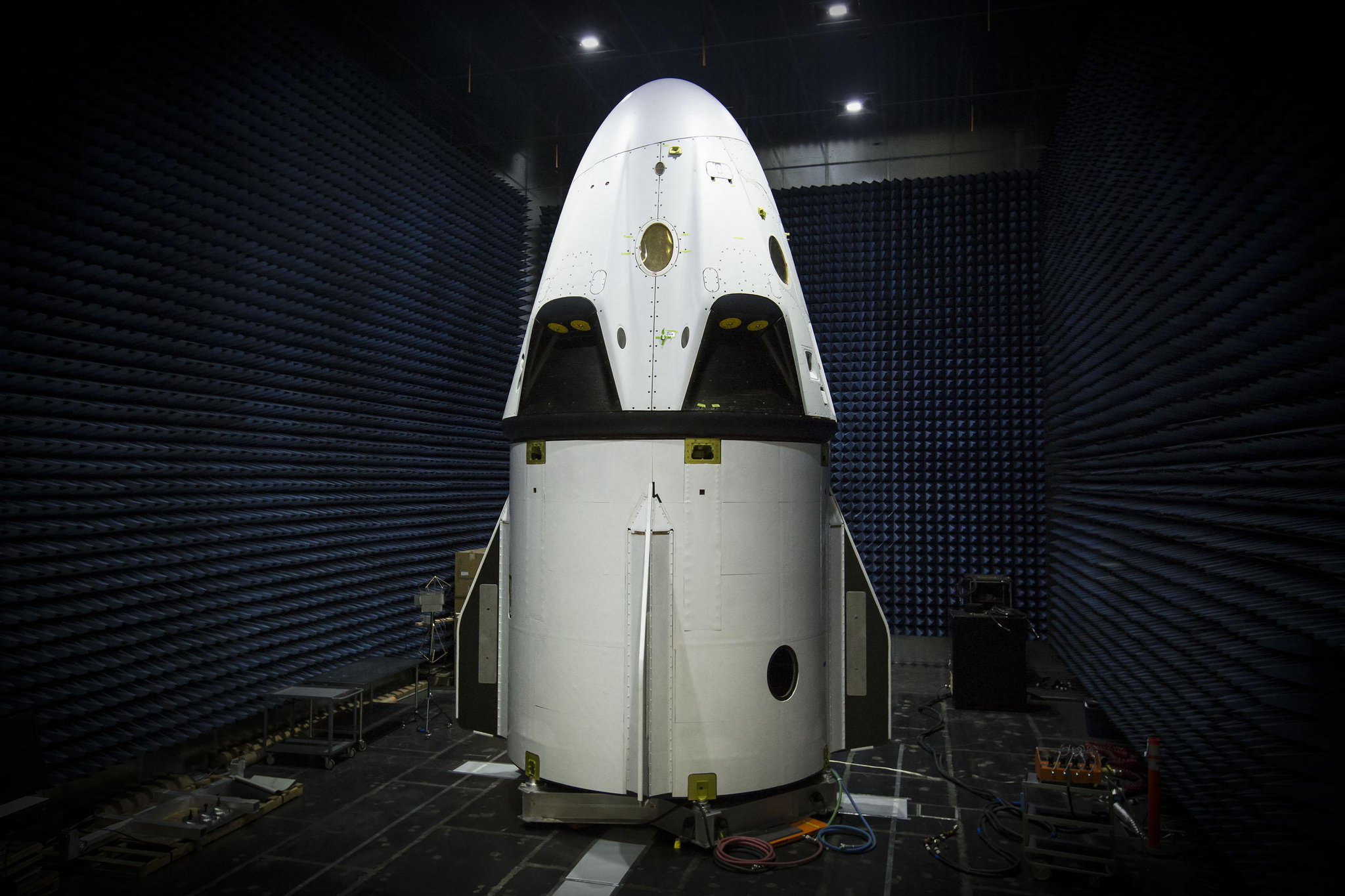ISProgram
SketchUp Orbinaut
GAO: "Statement on Sierra Nevada Bid Protest Decision"
The following is a statement from Ralph O. White, Managing Associate General Counsel for Procurement Law at GAO, regarding today’s decision resolving a protest filed by Sierra Nevada Corp., B-410485, et al., January 5, 2015.
On January 5, 2015, the U.S. Government Accountability Office (GAO) denied a protest filed by Sierra Nevada Corp., of Louisville, Colorado, challenging the award of contracts to The Boeing Co., Space Exploration, of Houston, Texas, and to Space Exploration Technologies Corp. (SpaceX), of Hawthorne, California, by the National Aeronautics and Space Administration (NASA) for NASA’s Commercial Crew Transportation Capability Contract (CCtCap). Sierra Nevada argued, among other things, that NASA’s evaluation departed from the solicitation’s stated evaluation and selection criteria by significantly elevating NASA’s stated “goal” of obtaining an integrated crew transportation system no later than the end of 2017, and by failing to put offerors on notice that the agency’s goal would be central to the evaluation and selection decision.
As explained in our decision, in this procurement, Sierra Nevada offered its Dream Chaser crew transportation system (a lifting body spacecraft), launched using United Launch Alliance’s Atlas 5 launch vehicle, and landed horizontally on normal runways. Sierra Nevada’s price was $2.55 billion.
Boeing offered its CST-100 crew transportation system (a capsule spacecraft), also launched using United Launch Alliance’s Atlas 5 launch vehicle, and landed using parachute and airbag systems for hard-surface landings, or contingency water landings. Boeing’s price was $3.01 billion.
SpaceX offered its Crew Dragon crew transportation system (also a capsule spacecraft), launched using SpaceX’s Falcon 9 launch vehicle, and landed using parachutes and propulsive soft landing systems for hard-surface landings, or contingency water landings. SpaceX’s price was $1.75 billion.
In making its selection decision, NASA concluded that the proposals submitted by Boeing and SpaceX represented the best value to the government. Specifically, NASA recognized Boeing’s higher price, but also considered Boeing’s proposal to be the strongest of all three proposals in terms of technical approach, management approach, and past performance, and to offer the crew transportation system with most utility and highest value to the government. NASA also recognized several favorable features in the Sierra Nevada and SpaceX proposals, but ultimately concluded that SpaceX’s lower price made it a better value than the proposal submitted by Sierra Nevada.
GAO disagreed with Sierra Nevada’s arguments about NASA’s evaluation, and found no undue emphasis on NASA’s consideration of each offeror’s proposed schedule, and likelihood to achieve crew transportation system certification not later than 2017. GAO also noted that, contrary to Sierra Nevada’s assertions, the RFP clearly advised offerors that their proposals would be evaluated against the goal of certification by the end of 2017.
Sierra Nevada also argued that NASA conducted an inadequate review of the realism of SpaceX’s price and overall financial resources, conducted a flawed and disparate evaluation of proposals under the mission suitability evaluation factor, and improperly evaluated the relevance of offerors’ past performance. Based on our review of the issues, we concluded that these arguments were not supported by the evaluation record or by the terms of the solicitation.
The GAO decision takes no position on the relative merits of these proposal approaches to NASA’s Commercial Crew Transportation Capability Contract. Instead, GAO reviewed the conclusions reached by NASA to determine if they were reasonable, and consistent with the evaluation approach NASA set out in its solicitation.
Because this protest decision contains proprietary and source selection sensitive information, release of the decision, at this point, is limited to NASA personnel and to outside counsel who have been admitted under the GAO protective order issued for this protest. The parties have been directed to submit proposed redactions for the purpose of preparing a public version of the decision. GAO expects to publish a public version of the decision as soon as possible; however, the release of a public decision may take a few weeks. When the public version of the decision is available, it will be posted to our website, www.gao.gov.
For more information, please contact Ralph O. White at 202-512-8278.

